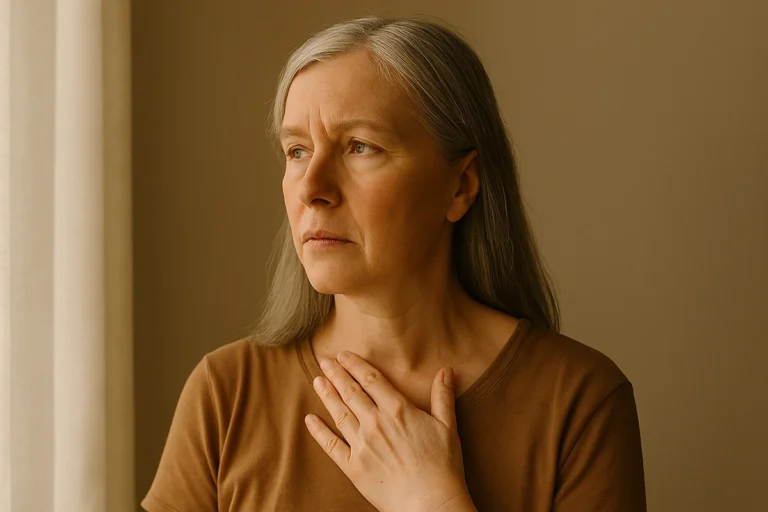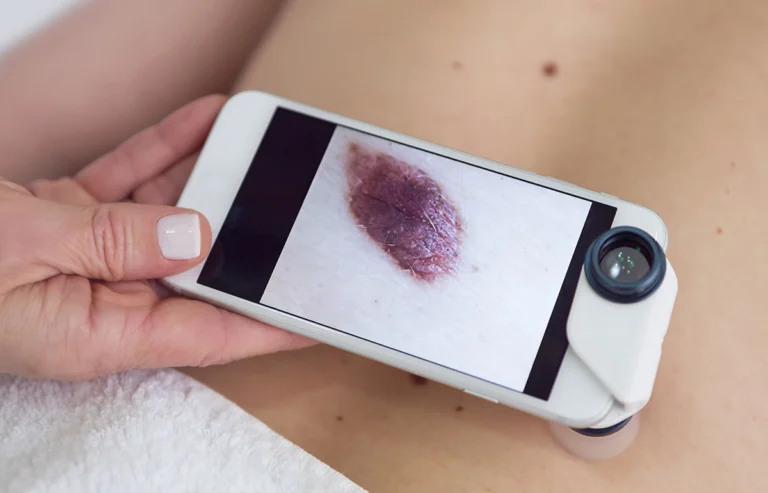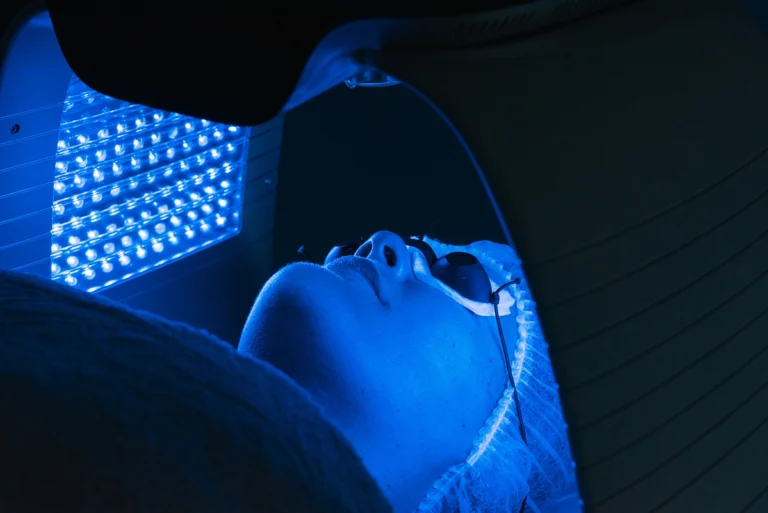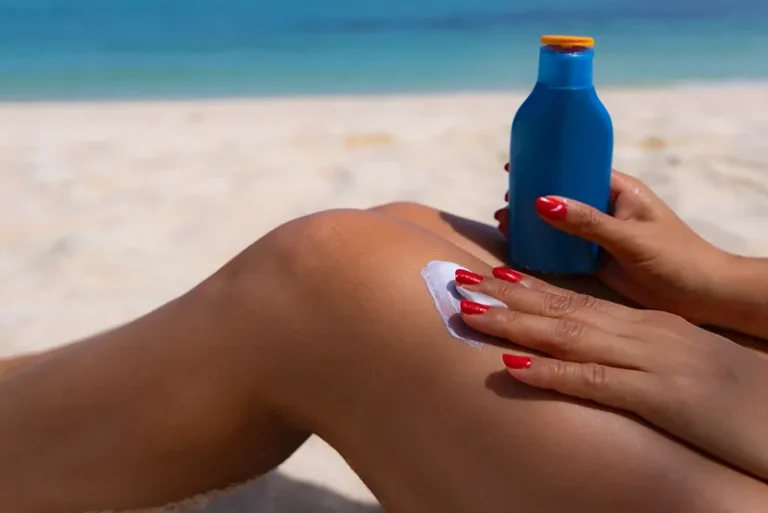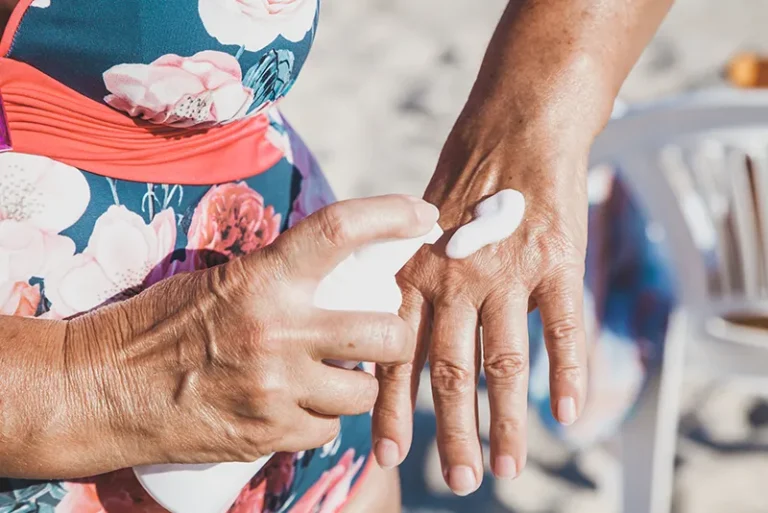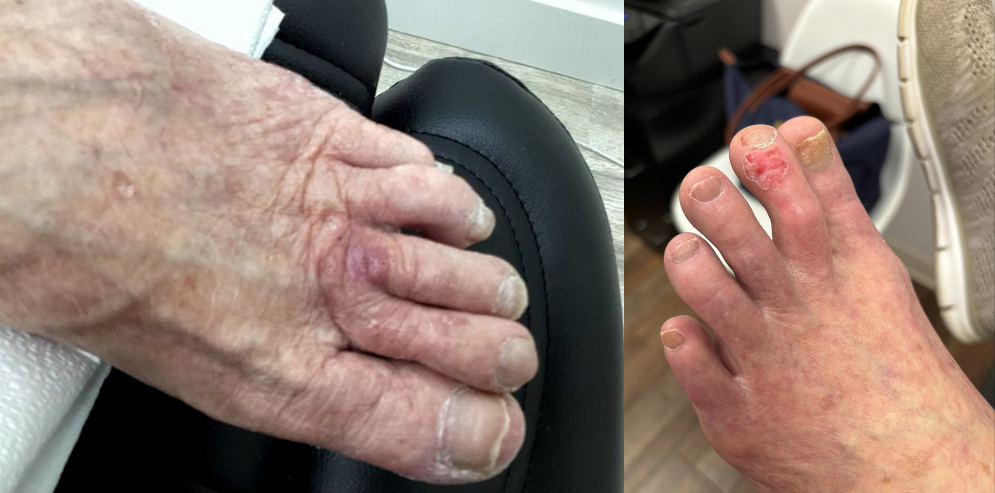The nose, being a prominent facial feature, is highly exposed to sunlight and vulnerable to UV damage. Implementing specific protective measures can help prevent skin cancer in this area.
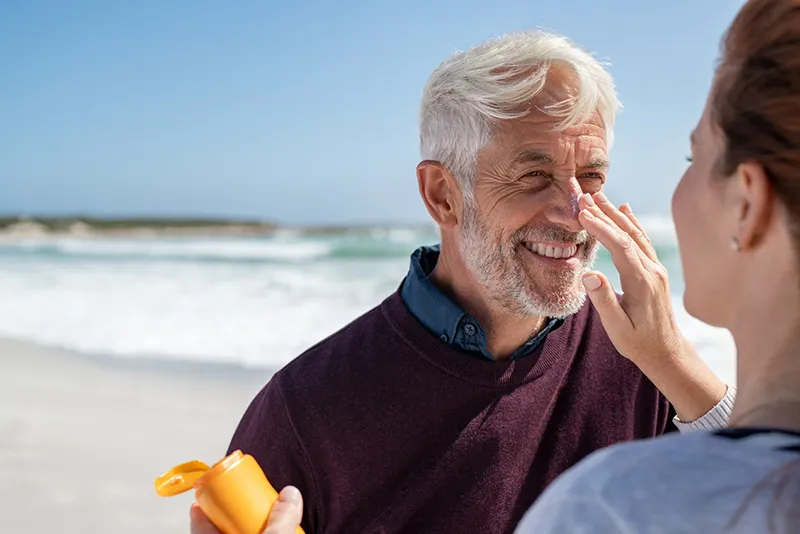
Apply High-SPF Sunscreen to Your Nose
Use a broad-spectrum sunscreen with SPF 30 or higher on your nose, ensuring even coverage, including the bridge and nostrils. Reapply every two hours when outdoors.
Wear Protective Headgear
Choose hats with wide brims or visors to provide shade for your nose, reducing direct sun exposure during outdoor activities.
Utilize UV-Blocking Umbrellas
When spending extended periods outdoors, use umbrellas designed to block UV rays, offering additional protection for your nose and face.
Limit Exposure During Peak UV Hours
Avoid outdoor activities between 10 a.m. and 4 p.m., when UV radiation is at its peak, to minimize the risk of sunburn on your nose.
Avoid Artificial Tanning
Steer clear of tanning beds, as they emit UV rays that can damage the skin on your nose and increase cancer risk.
Perform Regular Skin Checks
Examine your nose monthly for any new or changing spots, moles, or lesions. Early detection of abnormalities is key to effective treatment.
Seek Professional Skin Evaluations
Schedule annual appointments with a dermatologist to have your nose and other facial areas examined for signs of skin cancer.
FAQ
The nose protrudes from the face, receiving more direct sunlight, making it more susceptible to UV damage.
Makeup with SPF can offer some protection, but it’s best to use a dedicated broad-spectrum sunscreen for adequate coverage.
Look for new growths, sores that don’t heal, or changes in existing moles on the nose.
Yes, UV rays can be strong even in winter, especially with reflection from snow, so protection is essential year-round.
Visors can provide shade but may not cover the nose entirely; combining them with sunscreen offers better protection.
